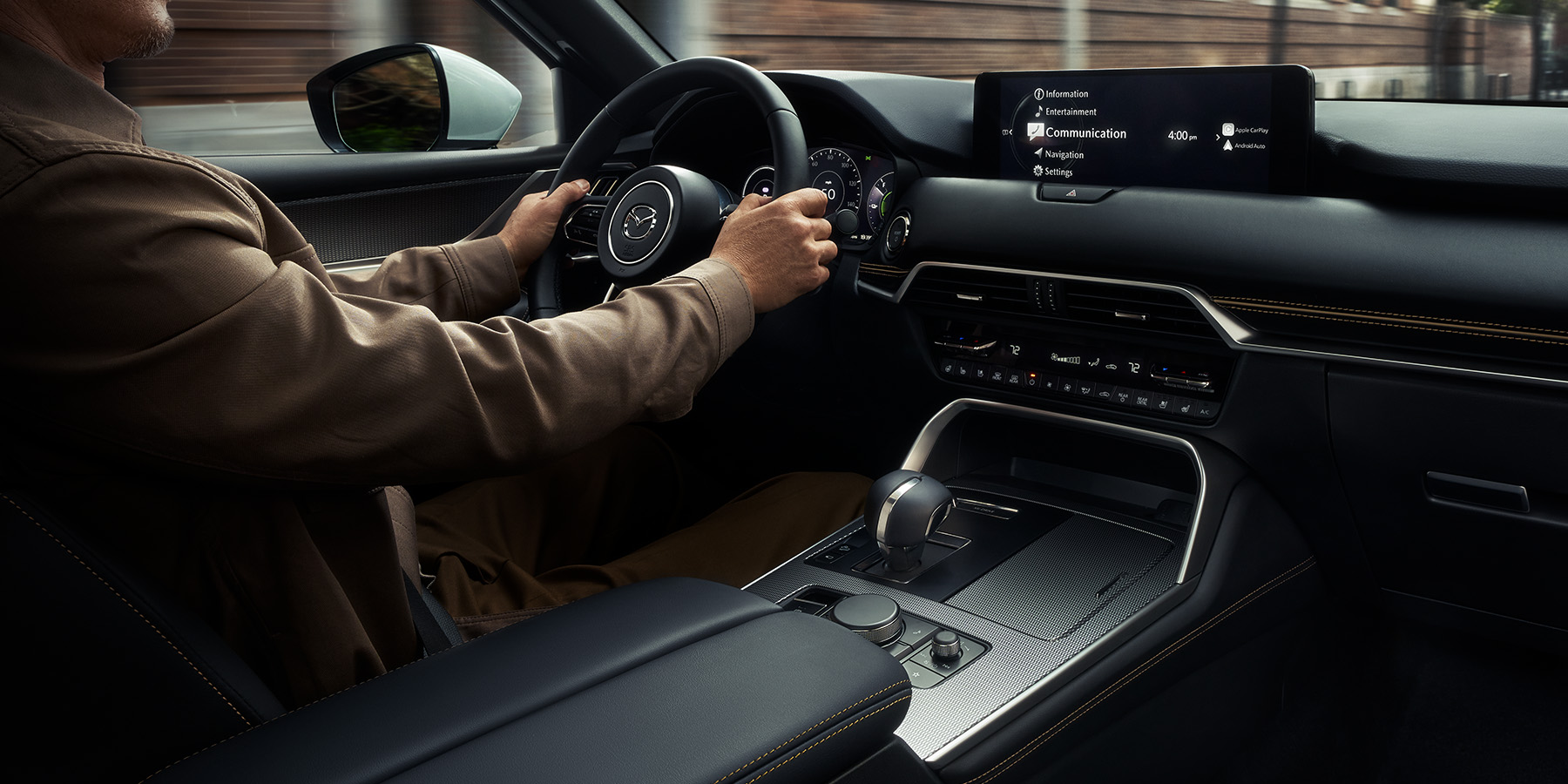
In the world of automobiles, diversity reigns supreme with an array of vehicle types catering to different needs and preferences. From the sleek sedans to rugged SUVs and powerful trucks, each type offers unique features designed to enhance comfort, utility, and performance. Understanding these distinctions can help consumers make informed choices based on their lifestyle and requirements.

1. Sedans:
Sedans are among the most common vehicle types, prized for their comfort, fuel efficiency, and ease of handling. Typically characterized by a separate trunk space and seating for four to five passengers, sedans come in various sizes—from compact to full-size luxury models. They are ideal for daily commuting, offering a balance of performance and affordability. Features such as advanced safety systems, infotainment options, and ergonomic designs appeal to a wide range of drivers seeking reliability and style.
2. SUVs (Sport Utility Vehicles):
SUVs have surged in popularity due to their versatility and capability. These vehicles combine elements of passenger cars with off-road prowess, making them suitable for both city driving and outdoor adventures. SUVs vary widely in size and design, ranging from compact crossovers to rugged, full-size models equipped with all-wheel drive and towing capabilities. Their spacious interiors accommodate larger families and provide ample cargo space, often featuring advanced technology for enhanced connectivity and driver assistance.

3. Trucks:
Trucks are synonymous with power and utility, designed primarily for towing, hauling heavy loads, and navigating challenging terrain. They are available in various configurations, including compact trucks, full-size pickups, and heavy-duty models tailored to specific work requirements. Features such as robust engines, durable chassis, and innovative cargo management systems distinguish trucks as indispensable tools for professionals and enthusiasts alike. Modern trucks also incorporate luxury amenities and advanced safety features to appeal to a broader audience seeking comfort without compromising on performance.
4. Coupes:
Coupes are characterized by their sporty profiles, featuring two doors and a sleek, aerodynamic design. These vehicles prioritize performance and style, often equipped with powerful engines and dynamic handling capabilities. While they typically offer less rear-seat space and cargo capacity compared to sedans, coupes appeal to drivers seeking a thrilling driving experience and distinctive aesthetics.
5. Hatchbacks:
Hatchbacks combine the practicality of a sedan with the versatility of an SUV, featuring a rear hatch door that provides easy access to a flexible cargo area. They are available in compact and mid-size variants, offering efficient fuel economy and maneuverability ideal for urban environments. Hatchbacks appeal to drivers prioritizing utility without sacrificing style, often equipped with advanced infotainment systems and customizable interior configurations.
Choosing the Right Vehicle:
When selecting a vehicle, consider factors such as daily usage, budget, passenger capacity, and desired features. Sedans are suitable for commuters seeking efficiency and comfort, while SUVs offer versatility and off-road capability. Trucks provide unmatched towing and hauling capabilities, making them essential for heavy-duty tasks. Coupes and hatchbacks cater to drivers prioritizing performance and practicality, respectively.
Conclusion:
The diversity of vehicle types—sedans, SUVs, trucks, coupes, and hatchbacks—ensures that there is a perfect match for every driver’s needs and preferences. Whether prioritizing comfort, utility, performance, or style, consumers can find a vehicle that aligns with their lifestyle and enhances their driving experience. By understanding the distinctions between these types, individuals can make informed decisions and enjoy the benefits of owning a vehicle tailored to their unique requirements.





